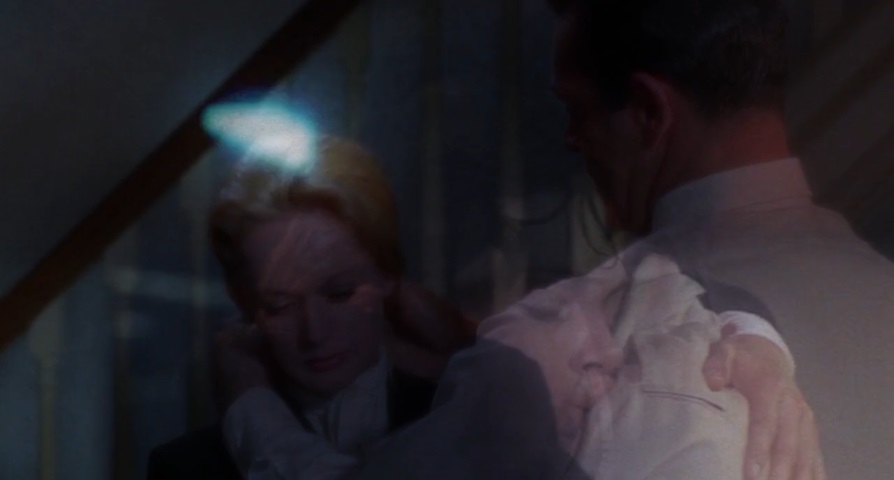NEW VIDEO ESSAY BY CHRISTINA ALVAREZ LOPEZ & ADRIAN MARTIN
THEY ALSO HAVE A BOOK COMING EARLY 2025 - BRIAN DE PALMA PURE AND IMPURE
In a new audiovisual essay,
The Thinking Machine #86: Girl Interrupted,
Cristina Álvarez López and
Adrian Martin juxtapose Hitchcock's
Marnie with De Palma's
Obsession. Here's the
description posted with the video:
Brian De Palma is generally a bit dismissive of Alfred Hitchcock’s work after Psycho (1960), claiming it to be too artificial and old-fashioned. There can be little doubt, however, that at least one element of Hitchcock’s Marnie (1964) impressed itself deeply on De Palma’s unconscious: the use of an actor to project psycho-physical states of both adulthood and childhood, veritably regressing to relive a primal scene of trauma. Let’s look at the interplay between Marnie and Obsession (1976).
Early 2025 will see the publication of a new book by Adrian Martin and Cristina Álvarez López, titled
Brian De Palma Pure And Impure. The collection of essays will be published by
The Sticking Place, who earlier this year published the English translation of
De Palma on De Palma: Conversations with Samuel Blumenfeld and Laurent Vachaud, as well as an English translation edition of
Casualties of War: An Investigation by
Nathan Réra.
Regarding De Palma picking up on Hitchcock's cinematic language post-Psycho, I know there are more instances in De Palma we can trace back to these films, but it's always seemed to me that among the elements that make up the centerpiece sequence in De Palma's Mission: Impossible are strong vibes from both Marnie and The Birds. The way that Hitchock shows Marnie waiting in the stall of a women's restroom as everybody leaves introduces a strong sense of silence as Marnie then exits the ladies room, and gets the combination to the safe. As Marnie empties the safe, Hitchcock essentially splits the screen to show us that there is a lady mopping the floor on the other side of the room. Still in complete silence, Marnie has taken money from the safe and as she makes her way toward the exit, she notices the cleaning lady, and removes her shoes. More suspense, as Hitchcock shows the shoe about to drop out of Marnie's pocket - and then it does drop, breaking the silence - but the cleaning lady doesn't seem to have heard it. Between the silence, the suspense, and then the shoe drop, I think we can see (hear?) echoes in De Palma's CIA set-piece: the "complete silence," the suspense, and not only the drop of sweat, but finally, the dropping of the knife, which De Palma shows us in Kubrickian slow motion. In between, there is the creepy moment when our hero, Ethan Hunt, is waiting up above CIA analyst William Donloe like a bird of prey. This moment often makes me think of the playground scene in Hitchcock's The Birds, where flocks of crows have quietly gathered behind Tippi Hedren.
As Cristina Álvarez López and Adrian Martin suggest, these and other Hitchcock elements in De Palma's work are likely imprinted on his subconcious. Although it certainly seems that De Palma can recall any or most of these elements quite vividly, he has likely absorbed them so deeply, they are very much a part of his cinematic ways of thinking.















